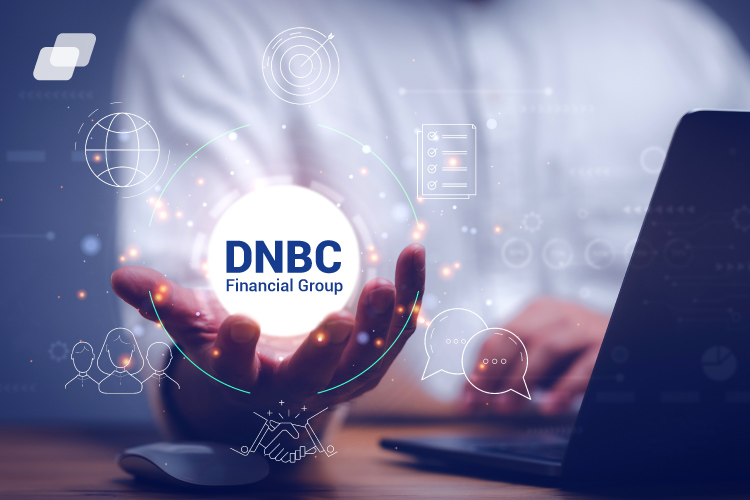Money laundering risk assessment is a vital step for your business. It helps you deal with large transactions across different countries. Your business will follow the relevant laws and regulations. This also protects your reputation and avoids legal penalties.
We will explain what money laundering risk assessment is, why it is important, and how to conduct one.
What is money laundering risk assessment?
A money laundering risk assessment is a key component of an effective AML program. It helps you design policies, procedures and controls for your business. These measures help you cut the risks of money laundering and terrorist financing.
There are some factors in AML risk assessment you need to cover:
- The nature, size and complexity of your business activities and operations.
- The types of products, services and the methods of delivery.
- The geographic locations where you operate or have customers.
- The types and sources of your customers and their identification and verification procedures.
- The types and volume of your transactions and the payment methods used.
- Internal controls and policies for your business. You can report any suspicious transactions or activities.
- The external environment and regulatory context in which you operate.
Why is money laundering risk assessment important?
A risk assessment helps you follow laws of money laundering and terrorist financing. This process helps you design measures to reduce the identified risks.
Effective risk assessment practices help you protect your business reputation and integrity. They prevent potential damage to your credibility, trustworthiness, and customer loyalty.

You can cut financial losses and avoid legal sanctions. These sanctions can be fines, penalties, and asset confiscation. They can also include license suspension or revocation, and potential criminal prosecution.
A strong AML risk assessment framework is good for your business. It makes your operations more effective. It also reduces the disruptions and costs.
How to do money laundering risk assessment?
Doing a thorough AML assessment involves several crucial steps. Here’s a breakdown of the process:
1. Planning and preparation
Define the scope
The assessment covers different areas and activities of your business. These include customer segments, products and geographic regions.
Gather information
You need to collect relevant data for your assessment. This data includes customer profiles, transaction patterns, risk-specific regulations, and industry practices.

Assemble a team
Choose a team with knowledge in risk management, AML rules, and the business areas.
2. Risk identification
Analyze customer base
You need to identify high-risk customer segments for your assessment. These segments can be about source of funds, job, and location.
Evaluate products and services
It’s vital to assess the ML risks of different products for your assessment. These risks depend on anonymity, transaction volume, and cross-border transfers.
Review distribution channels
You can analyze the risk of different channels for your assessment. These channels include online platforms, physical branches, and third-party relationships.
Consider geographic factors
Assess the risk of operating in high-risk regions or those with weak AML regulations.
3. Risk assessment and ranking
Likelihood
You need to estimate the probability of ML in your assessment. This probability can involve suspicious activities and risk factors.

Impact
The consequences of ML for your business can be very serious. They can include financial penalties, reputational damage, and regulatory sanctions.
Control effectiveness
You need to analyze the effectiveness of existing controls for your assessment. These controls include KYC, transaction monitoring, and filing procedures.
Risk ranking
Assign a risk score to each identified risk based on its likelihood and potential impact.
4. Risk mitigation strategies
Enhance controls
Strengthen KYC procedures to verify customer identities and sources of funds. Take transaction monitoring systems to identify suspicious patterns.
Training and awareness
Train employees to recognize and report suspicious activities. Foster a culture of compliance within your organization.
Policies and procedures
You need to develop clear policies for your business. These policies should cover how to handle Suspicious Activity Reports (SARs). They should also cover how to cooperate with law enforcement.
Third-party relationships
You need to assess partnerships with third parties for your business. You also need to ensure they follow AML regulations and have adequate controls.
5. Documentation and reporting
Document the assessment process
Maintain records of the identified risks, risk scores, and mitigation strategies implemented.
Regularly update
Conduct periodic reviews and update the assessment as risks evolve and regulations change.
Report findings
Share relevant information with stakeholders, including senior management and regulatory bodies, as required.
DNBC Financial Group and AML assessment
DNBC Financial Group is a financial services provider. We follow the highest standards of Proceeds of Crime (Money Laundering) and Terrorist Financing Act. We also follow the Ministerial Directives by the Minister of Finance.

Transferring money with DNBC Financial Group is a secure experience. It’s compliant with AML regulations. DNBC prioritizes the safety of financial transactions. It takes security measures to protect your funds. This offers you peace of mind and trust.



 DNBC Team
DNBC Team






